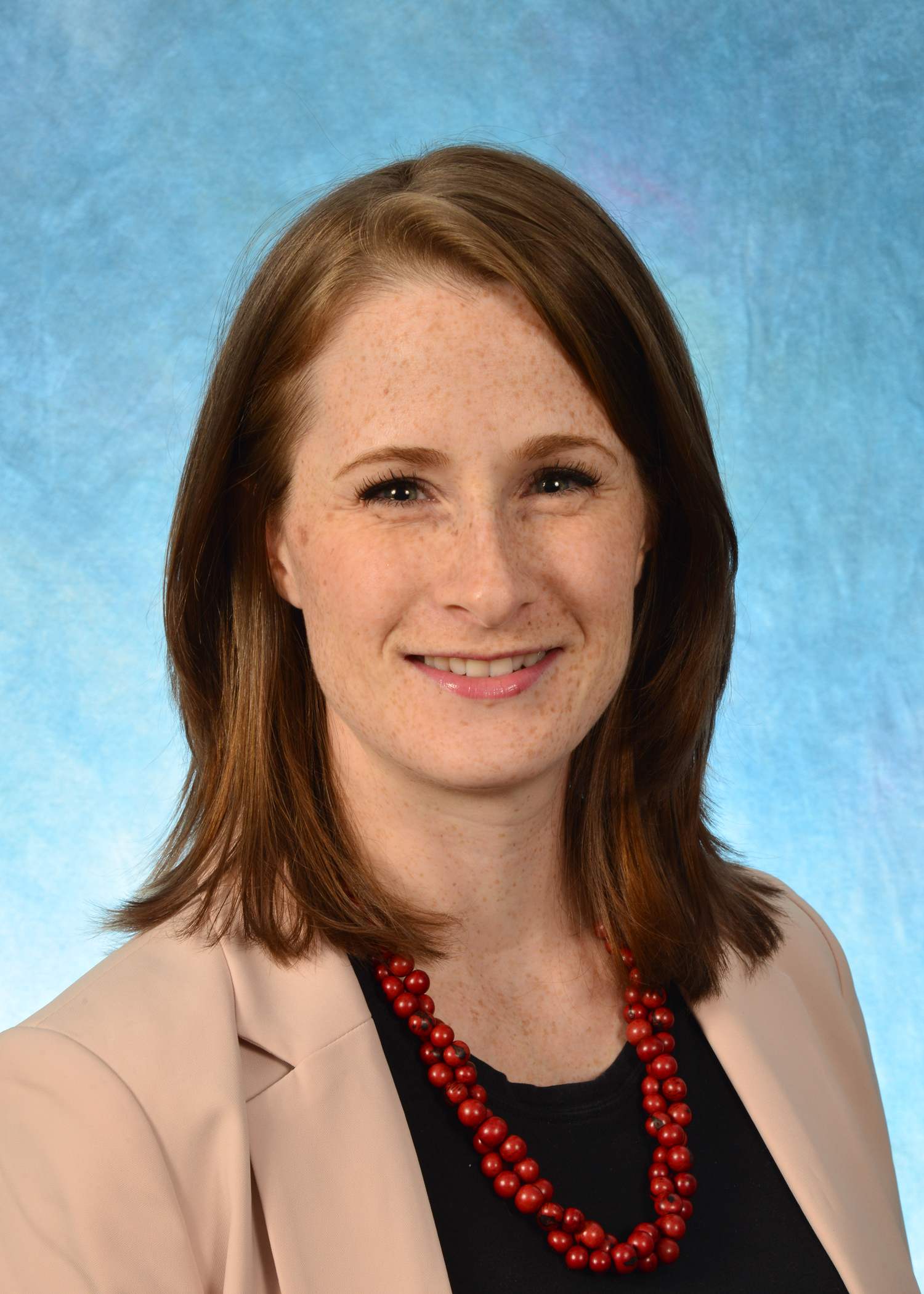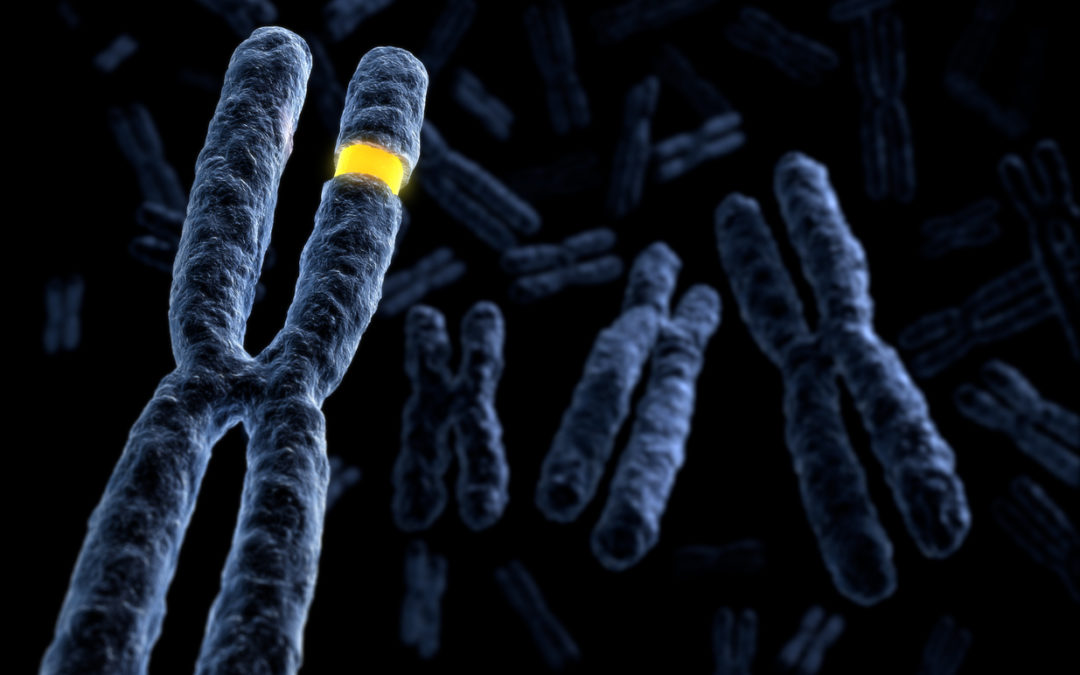For families and providers alike, one word can drastically complicate discussions about genetic testing results: “mosaicism.” In biology and medicine, mosaicism refers to a mixture of cells with different genetics within an organism or an embryo, some normal and some abnormal. Doctors and genetic counselors cannot identify the location of all of the abnormal cells, so the consequences of those abnormal cells are difficult to predict. Mosaicism can involve a chromosome abnormality, with a mixture of cells with both typical and atypical numbers of chromosomes, or a single gene mutation, with only some of the body’s cells containing the mutation. Mosaicism can affect only an individual’s eggs or sperm. Finally, mosaicism can affect embryos.
Mosaic embryos
For families choosing in-vitro fertilization (IVF), preimplantation genetic testing for aneuploidy (PGT-A) may provide the opportunity to increase the chance of a successful pregnancy. PGT-A screens embryos for chromosome differences that can lead to miscarriage or birth defects. PGT is performed 5 days after fertilization when the embryo is made of roughly 100 cells. About 5 to 10 cells are collected from the embryo for testing in a procedure called a trophectoderm biopsy. Even with so few cells in the biopsy, current PGT technology can sometimes reveal whether the embryo has a mixture of cells with normal and abnormal chromosomes. A mosaic embryo will have some cells with the usual 46 chromosomes and some cells with an atypical number. It is not possible to tell how many of the total cells of the mosaic embryo are normal. This complicates predictions about the health of the embryo.
Like embryos that contain all chromosomally abnormal cells, preliminary studies suggest that mosaic embryos are less likely to result in a pregnancy. Recently updated guidelines recommend not selecting a mosaic embryo for transfer if embryos with normal PGT-A results are available. However, sometimes a patient and their doctor consider transferring a mosaic embryo because no normal embryos are available. In this case, doctors may follow guidelines in an attempt to select the embryo that is the least likely to result in a baby with birth defects or pregnancy complications.
There have been reports of apparently healthy babies born after transferring mosaic embryos dating back to 2005. Mosaic embryos created using eggs from younger women may be more successful than those retrieved at older maternal ages. Additionally, embryos with a single, “low risk” chromosome problem may be more successful. It is very important to understand the risks of transferring a mosaic embryo. If a patient and their doctor decide to transfer a mosaic embryo, there may be a higher chance of a failed implantation or miscarriage. There is also likely some chance of a complicated pregnancy or baby with birth defects. A doctor or genetic counselor may recommend prenatal diagnosis and careful surveillance of an ongoing pregnancy from a mosaic embryo.
Gonadal (germline) and somatic mosaicism
When children or adults have genetic mosaicism, they can have either gonadal or somatic mosaicism. These individuals may be candidates for preimplantation genetic testing (PGT) because they may have an increased risk of a baby who shares their genetic condition.
Gonadal, or germline, mosaicism happens when only some of a person’s eggs or sperm have a genetic abnormality. Doctors cannot test all of a person’s eggs or sperm, so it is impossible to determine the proportion of affected cells. This means that the exact chance that this genetic change will be passed on to children cannot be accurately predicted for a person with gonadal mosaicism.
Gonadal mosaicism is more common for some genetic disorders, such as achondroplasia and neurofibromatosis, but it is a possibility for any genetic disorder. For families with suspected gonadal mosaicism, PGT for monogenic disorders (PGT-M) can sometimes provide the opportunity to select embryos that are predicted to be unaffected.
Somatic mosaicism happens when only some of a person’s body cells have a genetic abnormality. This may or may not involve the person’s eggs or sperm. If the genetic abnormality does not involve the eggs or sperm, then that person’s future pregnancies are not at an increased risk. Because eggs and sperm cannot be easily tested, however, it can be difficult to determine whether a person with somatic mosaicism is at an increased risk of passing on their disorder to their children. In some cases, PGT-M may be an option for people with somatic mosaicism who wish to reduce this risk. Individuals with gonadal or somatic mosaicism should talk to their doctor or genetic counselor to discuss their individual risks and their reproductive options.

Elysia is an independent consultant to Sharing Healthy Genes. She is a board-certified Reproductive Genetic Counselor and Clinical Instructor at the University of North Carolina in Chapel Hill. She received her Bachelor’s in Science at the University of Maryland in College Park and her Master’s in Genetic Counseling from the University of Maryland in Baltimore. In her role as educator, Elysia is involved in didactic and clinical teaching of a variety of learners, including medical students, residents, and fellows, as well as genetic counseling students. As a clinician, Elysia provides genetic counseling services for patients considering pregnancy and who are currently pregnant. Elysia has enjoyed a number of leadership roles in professional committees with the National Society of Genetic Counselors, the American Board of Genetic Counseling, and the Accreditation Council for Genetic Counseling.
